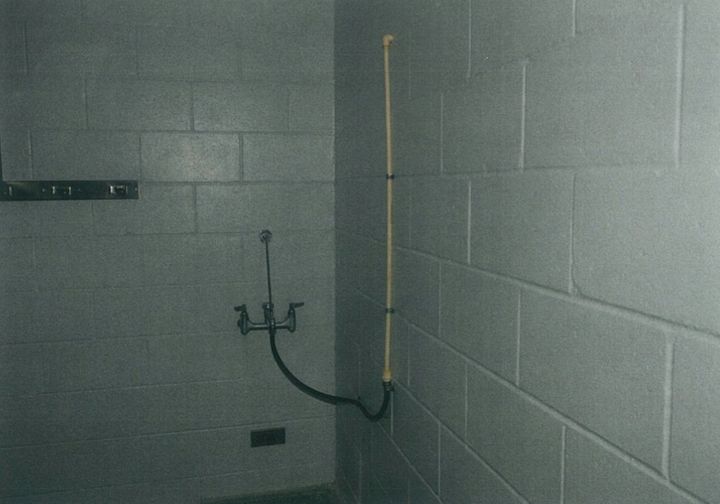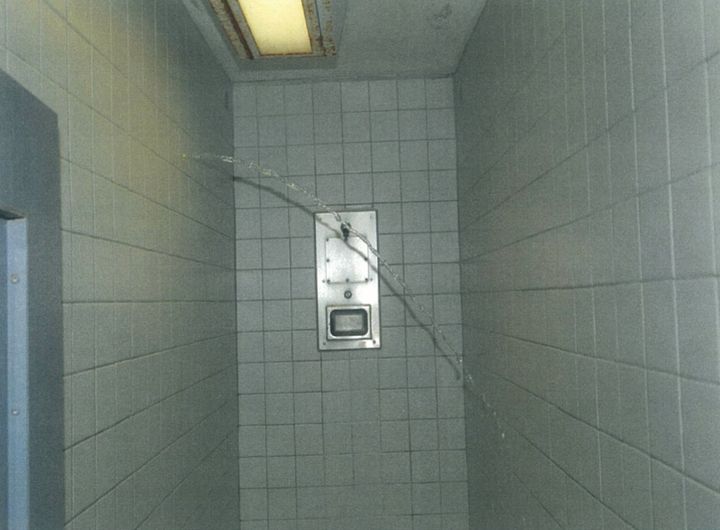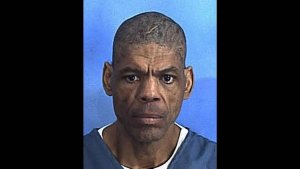SadBoi
formerly eleazxr
- 3,844
- 1,823
- Joined
- Aug 27, 2014
There are times where wishing the worst on people is acceptable, this is one of them. Hope this ***** gets hurt and lives with it for the rest of her life, wouldn't wish death on someone like her, wishing suffering until she rots in her grave.

 .
.




